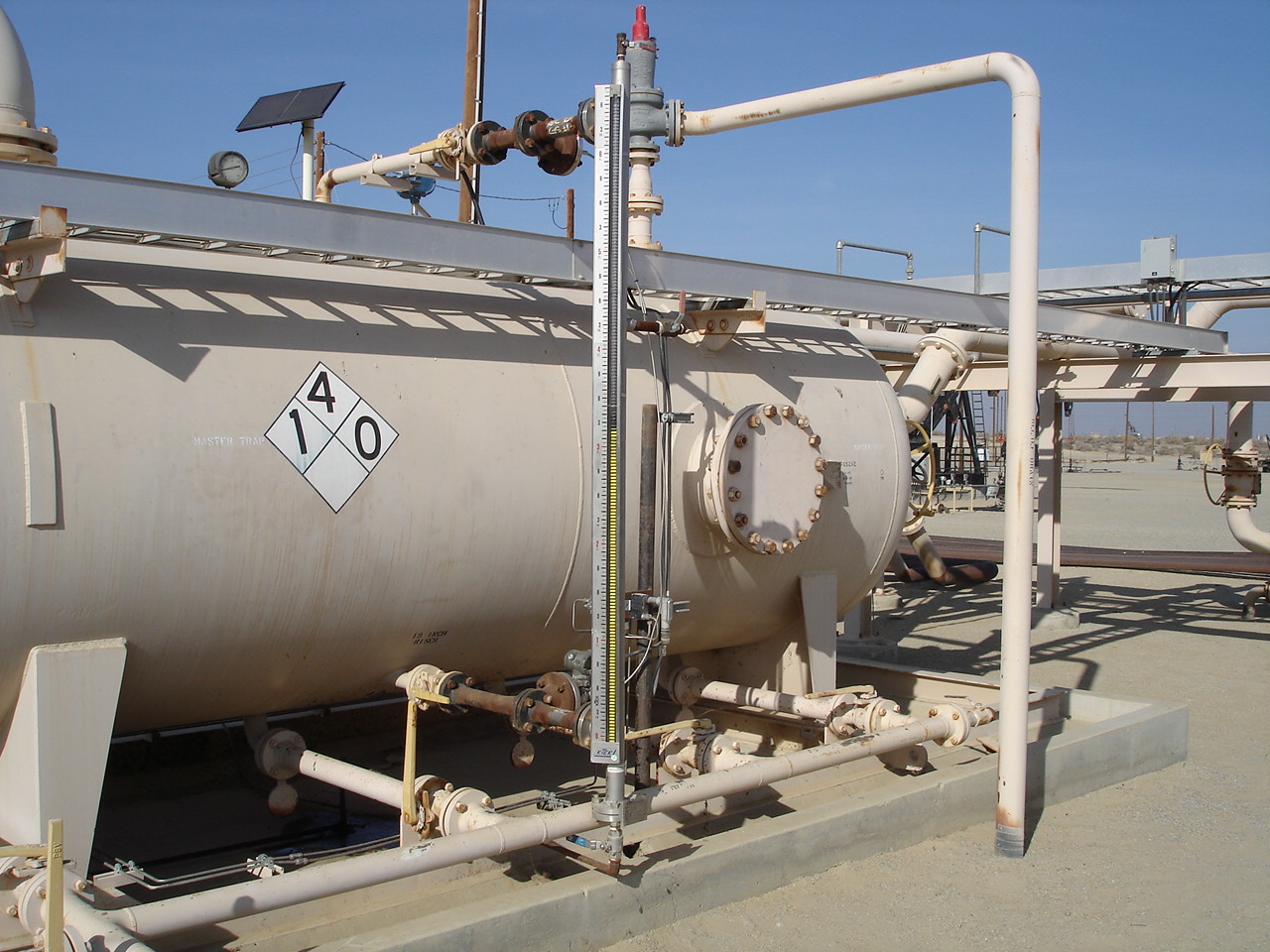Level Gauges and Instruments

Level gauge types
- Float Level Gauges - Float level gauges consist of a float that moves with the liquid level inside the vessel. As the liquid level changes, the float moves up or down, and this movement is used to indicate the level on a scale or to transmit a signal to a control system. Float level gauges can be either mechanical or magnetic.
- Magnetic Level Gauges - Magnetic level gauges use the principle of magnetic coupling between a float with a magnetic element inside the vessel and an external indicator. As the liquid level changes, the position of the magnetic float changes, and the external indicator or transmitter registers this change to show the level.
- Glass Level Gauges - Glass level gauges consist of a transparent glass tube or sight glass installed on the side of the vessel. The liquid level inside the vessel corresponds to the level inside the sight glass, allowing operators to visually inspect the level. Some glass level gauges may also include a scale or markings for precise measurements.
- Differential Pressure Level Transmitters - DP level transmitters use the difference in pressure between the bottom of the vessel and the liquid surface to calculate the level. A diaphragm or sensor at the bottom of the vessel measures the pressure, and this reading is compared to the pressure at the liquid surface. The pressure difference is proportional to the liquid level.
- Ultrasonic Level Sensors - Ultrasonic level sensors emit ultrasonic waves that bounce off the liquid surface and return to the sensor. By measuring the time it takes for the signal to travel to the liquid surface and back, these sensors can determine the liquid level accurately.
- Radar Level Sensors - Radar level sensors use microwave or radar signals to measure the distance from the sensor to the liquid surface. The time it takes for the signal to reflect back is used to calculate the liquid level.
- Capacitance Level Sensors - Capacitance level sensors measure the dielectric constant of the material between two electrodes. The change in capacitance caused by the presence of liquid is used to determine the level.
- Pressure Transducers - Pressure transducers can also be used to indirectly measure liquid level by measuring the hydrostatic pressure at the bottom of the vessel. This pressure is then converted into a level reading.
These pressure vessel internal level gauges and instruments play a crucial role in ensuring the safe and efficient operation of various industrial processes, including chemical processing, oil and gas production, water treatment, and more. The choice of level measurement technology depends on factors such as the type of fluid, pressure and temperature conditions, accuracy requirements, and safety considerations.


